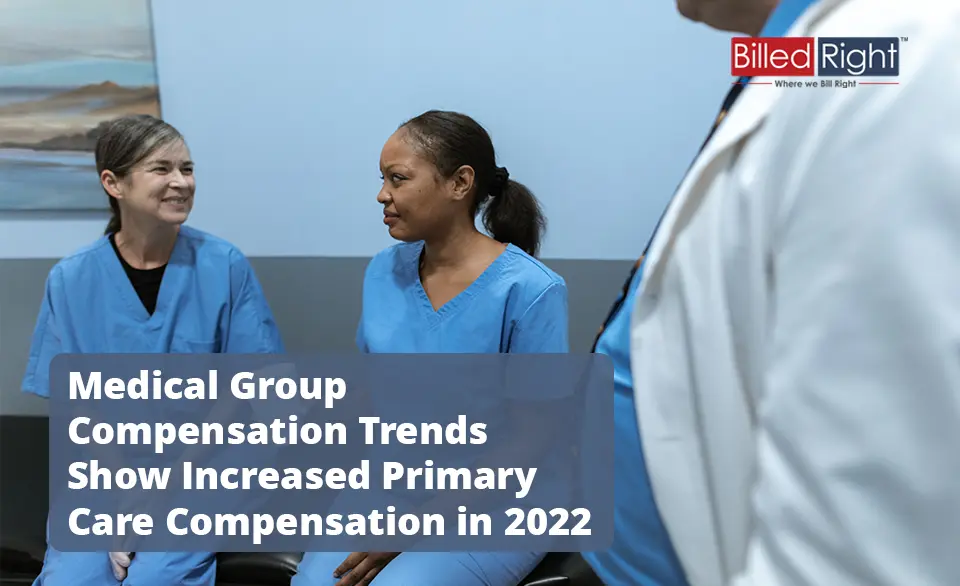The recently released 36th annual 2023 Medical Group Compensation and Productivity Survey conducted by the AMGA (American Medical Group Association) sheds light on compensation trends within the healthcare industry. The survey reveals a notable increase in primary care compensation, surpassing compensation growth in medical and surgical specialties. This article will explore the survey’s findings and discuss the potential factors contributing to this trend.
Primary Care Compensation Surges
According to the survey, medical groups and healthcare organizations reported a significant 6.1% increase in primary care compensation. In contrast, medical and surgical specialties experienced more modest gains of 1.5% and 1.6%, respectively. This upward trend in primary care compensation aligns with the recent implementation of E/M (Evaluation and Management) coding changes by the Centers for Medicare and Medicaid Services (CMS) in 2021.
Impact of E/M Coding Changes
The survey suggests that the higher compensation levels in primary care result from the E/M coding changes being reflected in organizations’ compensation plans. Elizabeth Siemsen, the AMGA Consulting director, suggests that as the industry adjusts to the new wRVU (work relative value units) weights for compensation calculation and recovers from the volume swings caused by the pandemic, the gains for primary care become more apparent.
Stable Trends in Physician Compensation
The survey findings indicate a more stable compensation trend for physicians and other healthcare providers compared to previous years. Overall, the median wRVUs increased by 2.9% compared to the last year. Primary care physicians accounted for a significant portion of this increase, with a rise of 4.0%, while medical and surgical specialties experienced more limited increases at 1.7% and 1.4%, respectively.
Compensation per wRVU
While compensation per wRVU percentages have not returned to pre-pandemic levels, primary care saw a more substantial increase of 1.5% in median compensation per wRVU. In contrast, medical and surgical specialties experienced no growth and a decrease of -0.2%, respectively. This discrepancy further highlights the impact of the 2021 wRVU changes, which were more fully implemented in 2022.
Advanced Practice Clinicians (APCs) and Net Collections
The survey also examined compensation trends for advanced practice clinicians (APCs). Like physicians, APCs in primary care specialties experienced greater compensation and wRVU production increases. This may reflect the post-pandemic hiring market for APCs and increased utilization to meet the rising patient demand.
The Disconnect Between Net Collections and Compensation
The survey revealed that overall median net collections increased by 5.2%, surpassing the corresponding percentage increases in compensation.This directs revenue gains to cover rising non-provider expenses, such as staff and supplies, rather than primarily focusing on physician compensation. Organizations are focused on managing the changing financial demands of medical group operations.
Conclusion
As the healthcare landscape evolves, stakeholders must adapt their compensation strategies to reflect the changing dynamics and shifting demands. Recognizing the critical role of primary care in delivering comprehensive and patient-centered care, it is imperative to support and incentivize primary care providers through fair and competitive compensation packages.
Furthermore, the survey’s insights provide an opportunity for healthcare organizations to evaluate their compensation practices and consider innovative approaches that align with the evolving needs of healthcare providers. By investing in primary care and fostering a supportive environment, organizations can enhance patient outcomes, improve access to quality care, and ultimately drive positive transformations in the healthcare system.
The 2023 survey findings serve as a call to action for stakeholders to prioritize and invest in primary care compensation, recognizing its vital role in delivering effective and sustainable healthcare. By doing so, we can cultivate a healthcare system that not only values primary care but also empowers providers to provide the highest quality of care to patients across the continuum of health.



 Insurance Eligibility
Insurance Eligibility Charge Posting
Charge Posting Documentation Review
Documentation Review Claim Submission
Claim Submission Denial Management
Denial Management Payment Posting
Payment Posting Accounts Receivables Follow-up
Accounts Receivables Follow-up Patient Collections
Patient Collections Reporting
Reporting Account Management
Account Management